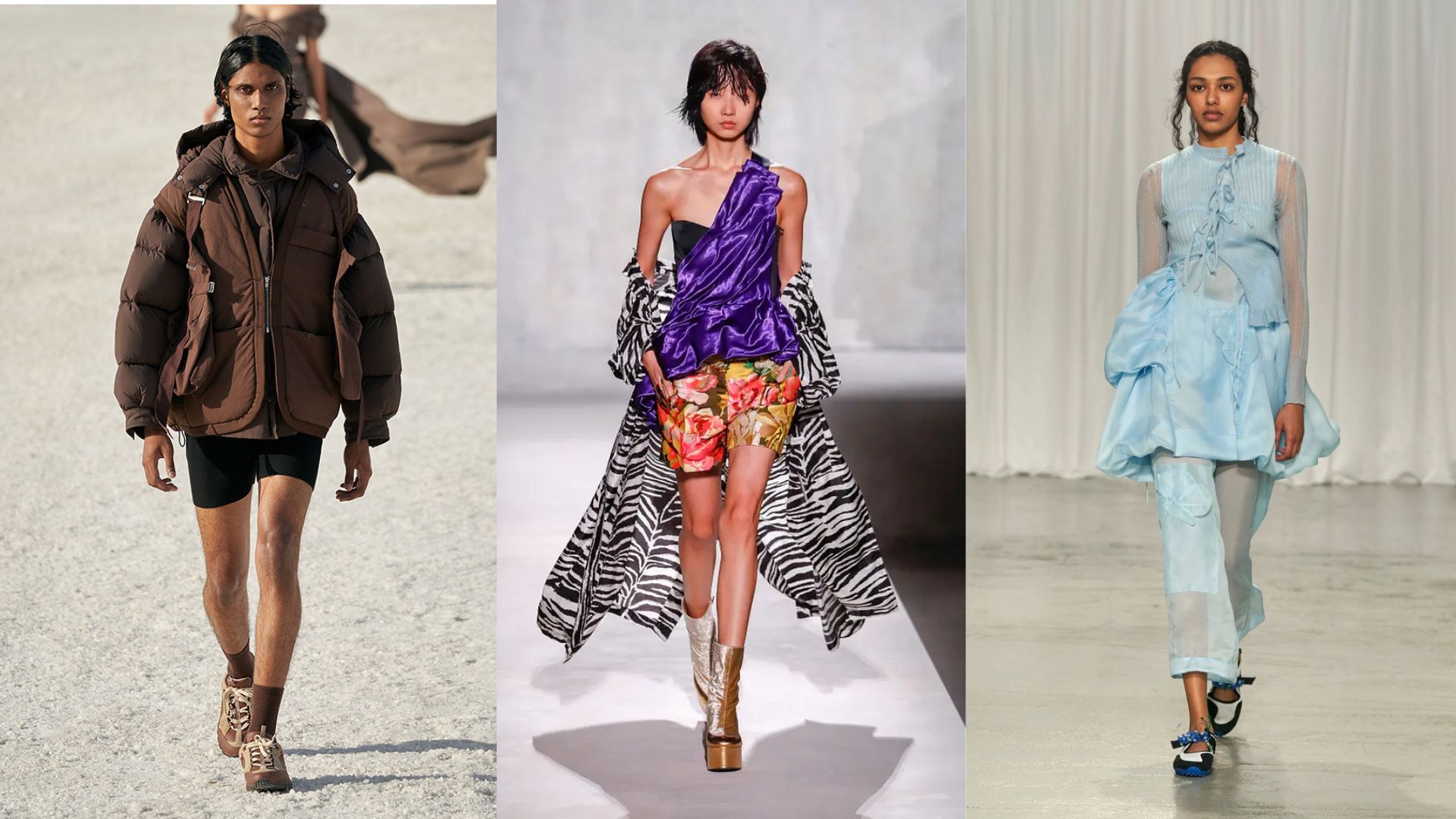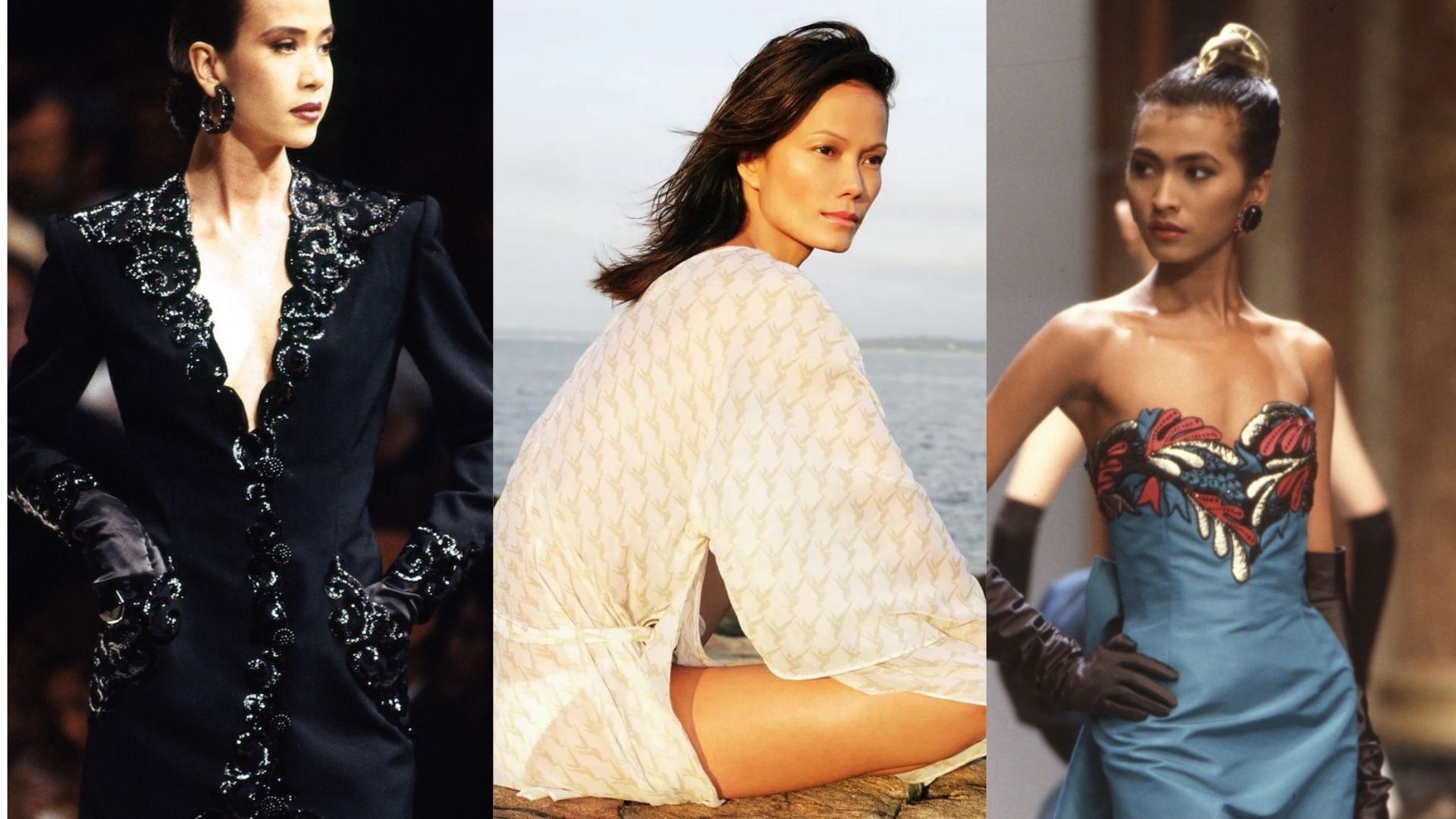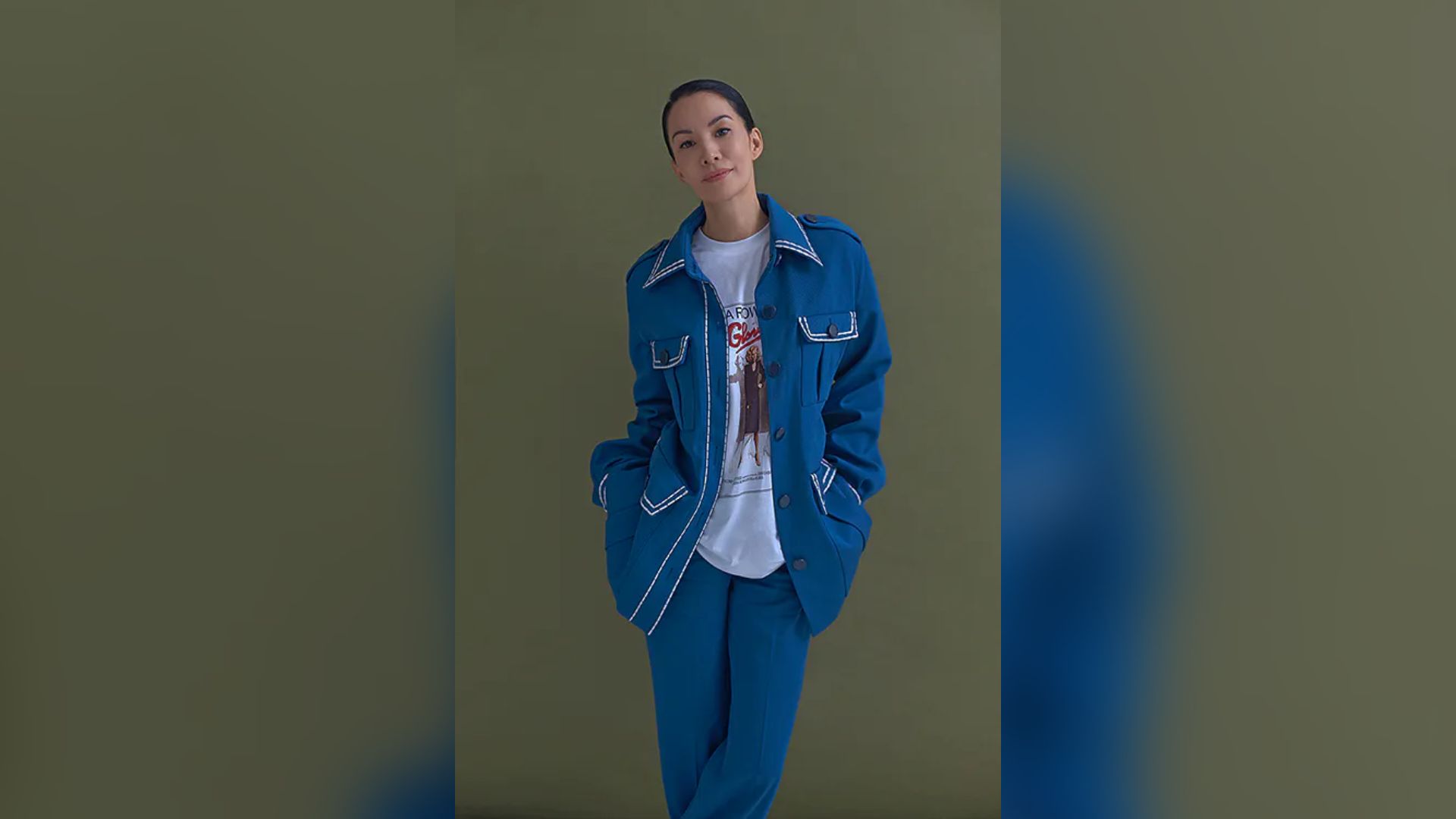Fashion models hailing from other lands are no longer allowed to work in Nigeria under the law. This is the country’s move to take back the narrative of representation in the country’s native population, protect them in the fashion industry, and develop its talent pool.
Yet, without enacting a similar legislation, the demand for local models in Singapore’s fashion scene has made a resurgence.
Sidelined by foreign faces for more than 10 years when most labels and runway producers book only the foreign models, Singapore models like Diya Prabhakar, Jean Ong and Srri Ramm are now in high demand even in the international fashion arena.
The tides have changed and these girls are seeing the return of jobs both in Singapore and overseas after the Covid-19 pandemic and its restrictions.
Singapore models are now strutting their stuff on the international catwalk. Jean Yong, managed by NOW Model Management, has been doing both the New York and Paris circuits in the last few years; New Paper New Face 2014 winner Diya Prabhakar rocked the Cecilie Bahnsen Fall/Winter 22 collection in Paris and rising star Srri Ramm was booked directly for the Jacquemus show in France.

What has caused the tide to change in Singapore?
Local models took centre stage until the return of “white is right”
Doyenne of Singapore’s modelling industry Elsa Yeo says, “There was a period when the darker skinned girls were in great demand and were featured in magazine covers, fashion pages and catwalk shows in Europe and Britain.”
They were in the likes of Iman, Naomi Campbell, Alek Wek, and Grace Jones.
Casting local girls was the trend in the 1970s and 1980s because there were many local models who were sought after.
“Locally, Nora Ariffin, Hanis Hussey and Pat Kraal have had their best times in the modelling world, both locally as well as overseas,” she adds.
Nora left Singapore to take her modelling career to new heights. She landed in the pages of Vogue Paris circa 1986 in a campaign shot by renowned fashion photographer, the late Guy Bourdin.

Hanis herself moved to Paris at only 16 years old and was soon handpicked by Yves Saint Laurent himself to work as an in-house model solely for the label. She was later hired by Givenchy, also as an in-house model and to this day, she is recognised as the first Singaporean model to appear on the catwalk of Paris Fashion Week.
Kraal is of Eurasian parentage and one of the first to work the catwalks of Paris for haute couture fashion designers such as Givenchy. Today she is managing director and booker of Platinum Angels Management (PAM), the first agency in Singapore and Asia that exclusively represents models, talents and celebrities over the age of 50.
Despite these women being celebrated, Ms Yeo, who started Elsa Yeo Model Centre and EY Agency in 1973 says that even then when she was running the agency, she was “already having a hard time promoting a couple of Indian models”.
Somewhere along the way, people tend to prefer those with fair skin and sadly “the colonial mentality that ‘white is right’ returned”, says creative director and “Godfather of Singapore fashion” Daniel Boey.
Just the trend at the time
But Ms Theresa Tan, a magazine editor who has helmed Female, ELLE Singapore, Tiger Tales and Vanilla, begs to differ. She believes that this is just “the trend at that time”.

Coming from entertainment magazines and given the task of raising the readership of Female magazine as her key performance indicator (KPI), Ms Tan took the gamble and put model Nadya Hutagalung, who was an MTV VJ at the time, on her first cover.
The year was 1997 and the growing global trend at that time was “the celebrity as a model”.
“InStyle was the fastest growing publication at the time in the US, and was beginning to sprout editions across the world. Female had, up to that point, used mostly Chinese models, with the occasional MediaCorp star, for its covers. This was not a matter of racial profiling, it was simply the trend at the time,” she tells TheHomeGround Asia.
The gamble with Hutagalung paid off handsomely for Ms Tan and her team. “We went from a four-figure readership to a healthy five-figure one almost overnight, thanks also to the marketing that my bosses sanctioned. We had TV ads, radio ads, outdoor banners and roadshows,” she recalls.
Her success with Hutagalung led her in the direction of working with celebrities, Pan-Asian faces, and multi-racial model mixes. “I was also blessed to work with our art director Edwin Ho, who came from Vogue Singapore, because we pretty much saw eye-to-eye about casting models,” she says.
The duo had different criteria for different sections. Beauty pages back then required Asian faces but the two did their best to do multi-racial stories “so that we could feature makeup on different skin tones”.
“These were the pages that allowed us to cast Eurasian, Malays, Indians. But fashion pages were different. The deciding factor was the overall look of the girl and whether she suited the feel we were going for. We used a lot of Pan-Asians because at that time we were seeing a lot of girls coming from Hong Kong: Maggie Q, Michelle Saram, and our little mermaid Lee-Ann D’Alexandry. The stylists were keen to use them,” Ms Tan says.
The one who laughs last …
But trends come and go.
“After I left the industry, there was a whole era of only European faces. Again, it is not a racial thing, just the trend at the time. Now, we’re seeing a mixture of celebrities, Caucasians, locals … less of a pronounced trend these days, if my observations serve me. Also, the industry is completely different now: sometimes the paying clients dictate how and who they want to see. There is also a growing love for Korean celebrities, so you would see Youn Juh-Jung, the star of Pachinko, for example, on the cover of PIN Prestige,” Ms Tan says.
Boey, who often insists on using local models for his shows, has stopped counting the number of times naysayers tell him the girls or boys he had picked for his shows were “not good enough to be models”. “That is until they make it overseas … then everyone starts falling over themselves claiming their part in discovering these models,” he adds.
Boey is proud that there is a concerted effort today to recognise local girls.
“During the thick of featuring only Caucasian faces as recently as six years ago, NOW Model Management owner Addie Low pushed forth his stable of four girls who are mainly local models. He champions them when over 9 in 10 models on the runways and in magazines are foreign faces,” he says.
Since the Covid-19 pandemic and the restrictions imposed on travel, many foreign models were not able to work in Singapore, giving the local girls a second or even third lease of life in their modelling career. Today, NOW Model Management has 40 models, one of whom is Jean Yong who is making waves on the international catwalk.
“Many people swore they’d never touch local models for fashion shoots or runway shows. But now they’re coming out of the woodwork to celebrate their success. I guess we can say safely that we, who believe in our local girls, are now laughing the best,” Boey sums.
RELATED: Creating change, reducing fashion waste at the Renew Earth Sweat Shop
Join the conversations on TheHomeGround Asia’s Facebook and Instagram, and get the latest updates via Telegram.














